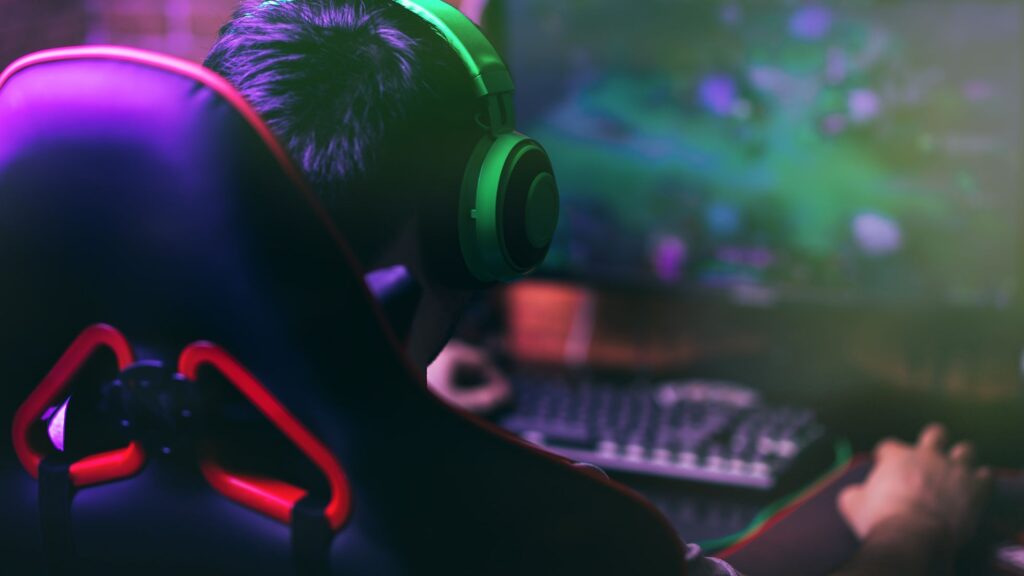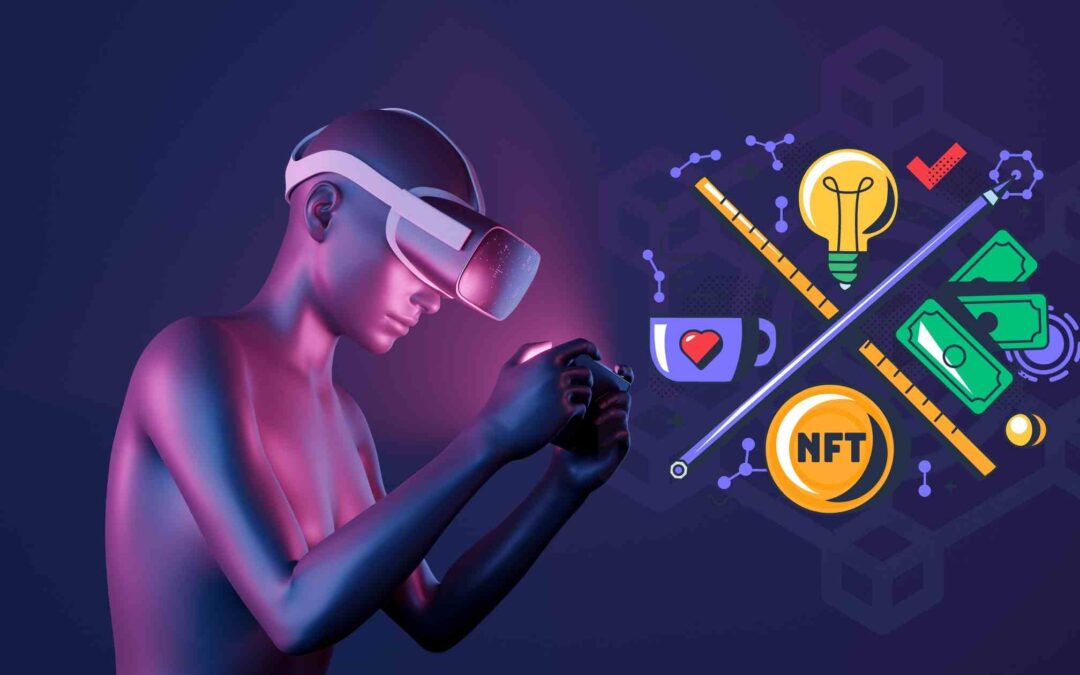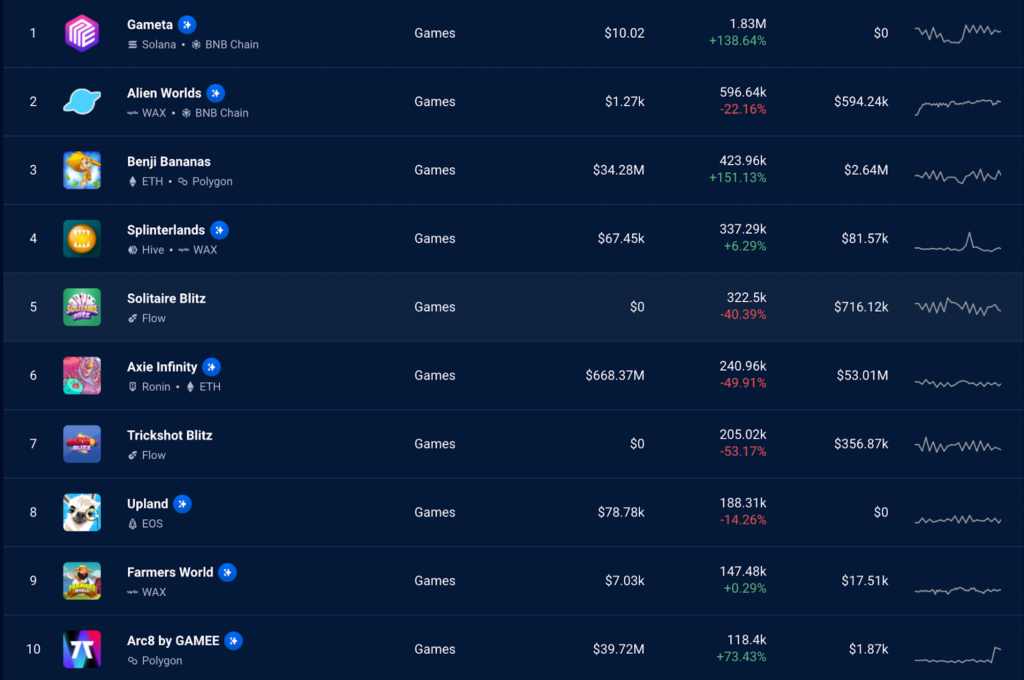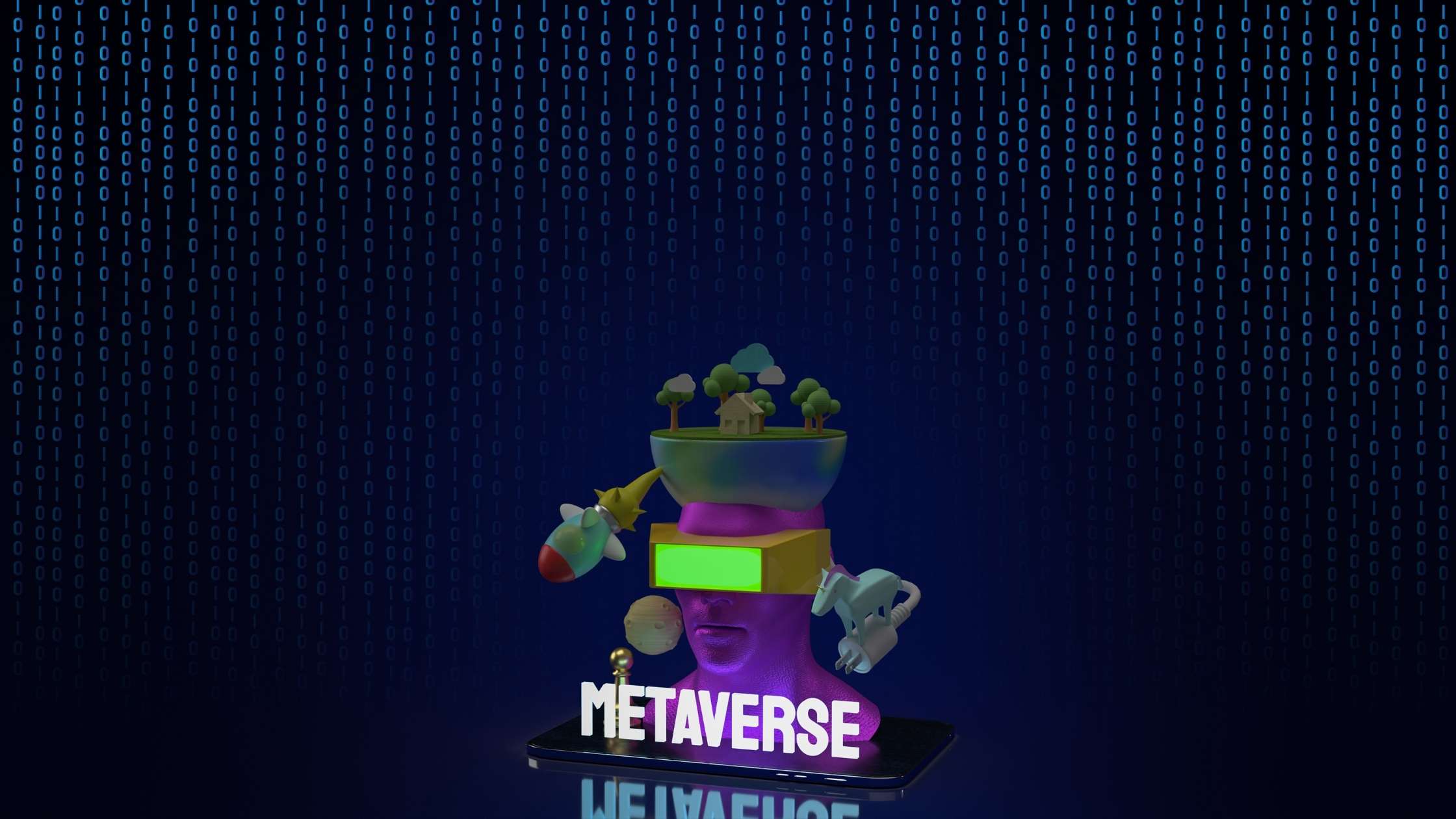
Web3 Games: Navigating The P2E Craze and Challenges
Web3 games are still emerging. In the booming play-to-earn gaming arena, not all Web3 games and projects are created equal. Let’s delve into the complexities of Web3 gaming, exploring the issues that have hindered growth and how pioneering projects like FootballCoin have managed to innovate and thrive.
The world of play-to-earn games is more than just a way to pass the time. Players are looking for an interesting digital environment, and a huge added bonus is the ability to earn tokens or some sort of real-world benefit while getting involved in this Web3 world.
The play-to-earn games craze started in 2021. During that time, Web3 was going through big changes.
One of the highlights was a game called Axie Infinity, which allowed players in developing countries like Ghana and the Philippines to make a lot more than the minimum wage.
However, a serious issue with a token bridge and a drop in market interest caused the earnings from these games to decrease significantly.

Why most P2E games aren’t scaling?
When you take a broader look, only a few projects in the play-to-earn game world have managed to grow steadily.
This seems to be because of some basic problems with the way play-to-earn works.
To start playing, people might need to spend hundreds of dollars to buy the NFTs necessary to participate.
Even those who are willing to pay that much might be let down by the games themselves, which can have poor graphics and no real storyline.
But the issues don’t stop there.
Many Web3 games that make money through selling NFTs are still in the early stages of being made.
If the game’s developers don’t add new features quickly enough, players can become frustrated.
There can also be a need to keep coming up with new collectable items all the time to make sure there’s always money coming in.
The biggest problem, as seen with the game Axie Infinity, is related to the rewards given to players.
According to a research report by CoinGecko, For every Axie Infinity player, there are 2,155 Roblox players. While there may be many issues with the game itself, this is a clear indication that the world of Web3 games is still considered an emerging technology.
Giving away lots of tokens to attract new players might sound like a good idea, but it can actually be very harmful to the value of that digital currency.
Since the prices of digital assets change a lot and are affected by supply and demand, increasing the total number of tokens available can reduce their value.
This can lead to some pretty nasty results. Gamers who get tokens as rewards might not keep them unless there’s a really good reason to, which can put more pressure on selling and lower prices even more.
This can start a harmful cycle where the value of the digital asset keeps dropping. If the value falls by a large percentage, everyday players might stop playing, and when the community gets smaller, the entire project can fail.
Let’s look at what makes a game a Web3 experience
First of all, all Web3 are blockchain-based.
It’s not only the economy part of the project that is based on blockchain because everyone can do that.
You can recognise a Web3 project by asking yourself these questions:
- Is blockchain technology used in this project?
- Are there automated actions that happen when certain conditions are met?
- Is it decentralised?
- Can I buy or sell my digital assets?
- Do I have the private keys of my wallet?
If the answer is “Yes” to all of these, then you are indeed looking at a Web3 project, and in this particular case, a Web3 game.
How to choose a good Web3 game
The first step towards a better change or choosing to spend your time and invest in a reliable Web3 game is recognising the main risks in the Web3 world today.
The success or failure of play-to-earn projects right now depends on either attracting new users or being able to keep giving rewards to current ones. Neither of these approaches is likely to work for a long time.
There’s often a lot of excitement at first, but without interesting stories or engaging gameplay to keep players interested, that excitement fades quickly.
A high-quality gaming experience might make players less concerned about earning and more focused on playing.
However, when neither earnings nor engaging play are present, players tend to lose interest and leave.
Projects are constantly trying to find a balance between drawing in new players and keeping the current ones satisfied, and it’s a struggle.
The Web3 game of the future
Even though there are big challenges facing this still-young field, Web3 gaming has the chance to be more than just a passing trend that’s not sustainable. And this has already been proven by reputable Web3 games.
FootballCoin emerged as an innovative concept in the world of gaming when it was launched in 2017.
Not just a game, it symbolises a vision to integrate the world of football fans with the burgeoning sphere of cryptocurrencies and blockchain technology.
What makes FootballCoin stand out is its holistic approach to creating a world-class gaming experience.
The developers didn’t merely focus on providing a fun experience; they also enabled players to win real prizes.
Through this game, participants can engage in football manager-type contests and fantasy sports, appreciating the tangible benefits of blockchain technology.
FootballCoin’s economy is another unique aspect.
The game has introduced two major types of player cards – free and collectable. In the Web3 world, these collectables are known as NFT trading cards or sports cards.
These trading cards, ranked based on the player’s real-world value, notoriety, and achievements, bring an additional layer of complexity and engagement to the game.
In a market where partnerships and collaboration often dictate success, FootballCoin’s affiliations with reputable companies like Sportradar, Perform, Omnisport, and BoostIT stand as a testament to its credibility.
Its cryptocurrency, XFC, has also gained respect, being listed on well-known exchanges such as Coindeal, Livecoin, InstaSwap, and Exrates.
From the perspective of a technology enthusiast, the game represents a project that respects core Bitcoin philosophies.
For gamers, it’s a gateway to a top-level gaming network where they can win real cryptocurrency rewards.
In a landscape filled with fleeting trends and unsustainable models, FootballCoin shines as a durable Web3 project that has withstood the test of time.
It continues to innovate and grow, carving a niche that bridges the gap between the crypto sphere and the passionate world of football fans.
Its continuous delivery on promises, alignment with both gaming and tech values, and innovative integration of blockchain technology make FootballCoin an exemplary model in the industry.



